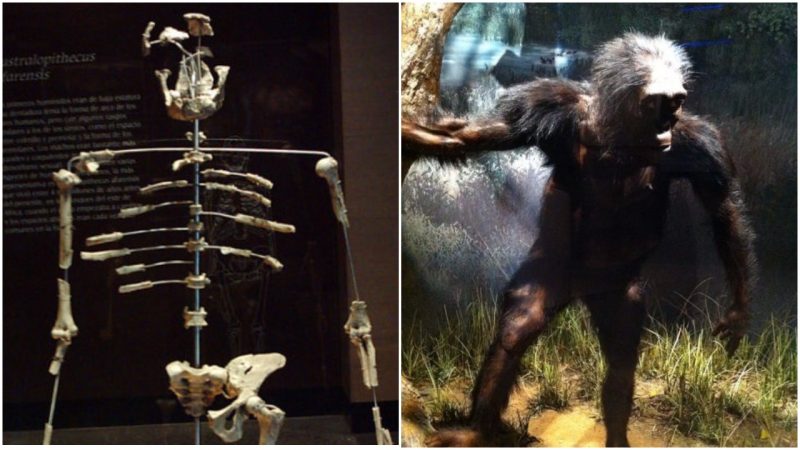After a hot morning of surveying for fossils, the paleontologist Donald Johanson and his teammate Tom Gray gave up on their daily research.
Before leaving the village, Johnson noticed a forearm bone, identifying it as a hominid. Soon, a part of Lucy the Australopithecus’ skull, lower jaw, some ribs, and pelvis were unearthed.
After the discovery of something that looked like a human skeleton, there wasn’t much doubt that Johanson was the one fortunate to find a 3.2 million-year-old specimen near the village of Hadar, Ethiopia in 1974.
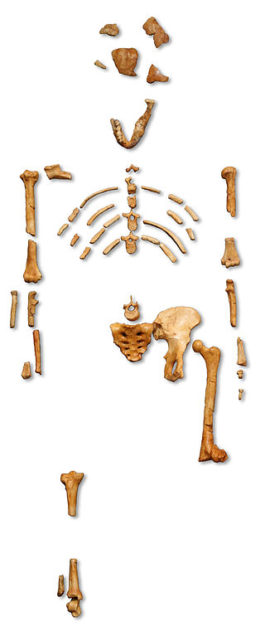
Lucy the Australopithecus remains as one of our earliest human ancestors and the oldest and most complete hominid fossil ever excavated. Although fossils can’t be examined in order to estimate age, the remnants of things around them, such as ashes and volcanic flow, can be dated with the Argon-Argon technique which puts them into a dated framework made by paleontological, sedimentological and paleomagnetic studies, providing a precise age, just like in Lucy’s case.
Many wondered how the researchers could be certain that Lucy was a female, but as they developed their explanation of the fossil, there wasn’t any doubt that Lucy was definitely a ‘she’ and was walking upright.
One of her striking characteristics was the valgus knee, which is a key indicator that she walked upright. Although her knee resembles a human-like knee, the great trochanter, which is situated higher than the femoral head, is a characteristic most common for chimpanzees. Her jaw also had a more gorilla-like appearance, and it’s presumed that Lucy had flat feet.
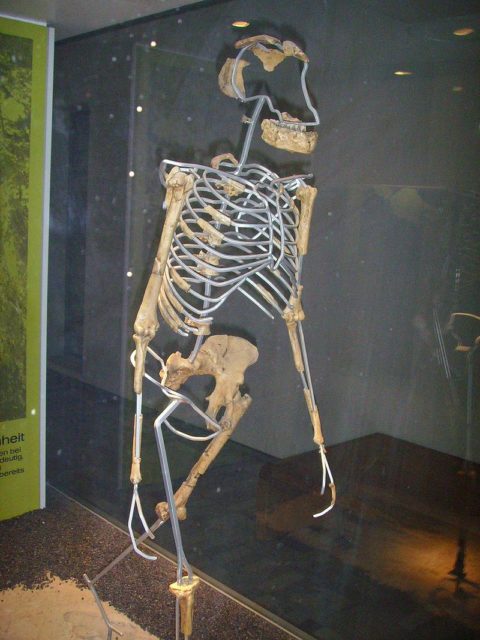
Referring to the gender of the specimen, strong evidence shows that in the village, many other discovered fossils belonged to a single, sexually dimorphic species – Australopithecus afarensis.
The species had larger males and smaller females, which leads to the conclusion that, after fitting into the smaller group, Lucy was most likely a female. She was probably three-and-a-half feet tall and weighed about 60 to 65 pounds.
Researchers can’t tell the exact cause and time of her death, but it’s reckoned that she was a young adult at the age of 12 when she died. Although the exact cause cannot be determined, the latest speculations, which are allegedly corroborated by new evidence, suggest that she accidentally fell from a great height, probably out of a tree. However, the discoverers of the skeleton, Donald Johanson and his teammate Tom Gray, disagreed with these suggestions.
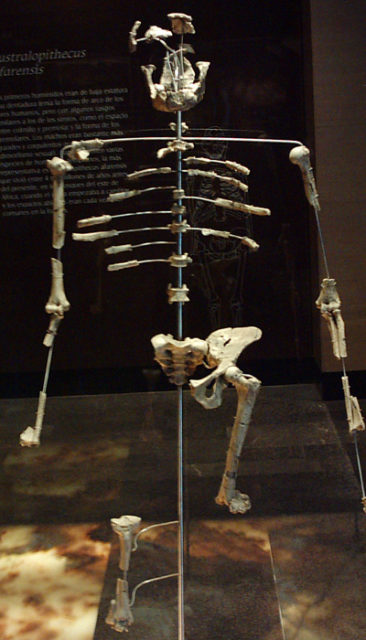
An engrossing story hides behind the name of probably one of the most famous skeletons. Supposedly, the day they found Lucy, the song ‘Lucy in the Sky with Diamonds‘ by the Beatles was playing loudly and repeatedly in the examination camp. Inspired by the song, the exhilarated researchers named the skeleton after the song not long after the public announcement of their significant discovery.
While the original fossil is preserved at the National Museum of Ethiopia, and a plastic replica is displayed for the public, many other replicas can be seen in different museums around the world.
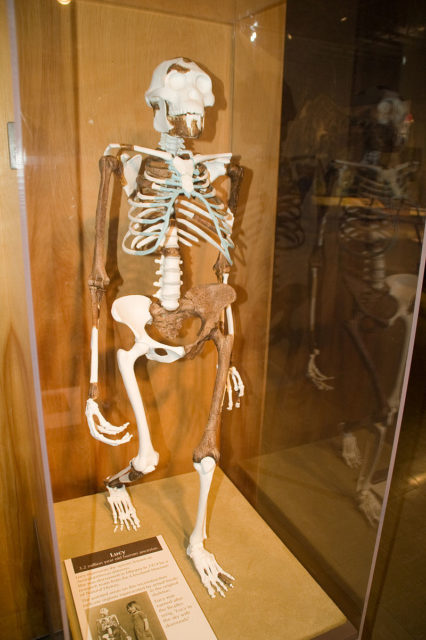
A reconstruction of the original skeleton is at the Cleveland Museum of National History, and a cast of the fossil, as well as a skeleton reconstruction, at the Field Museum of Chicago, are only a few of the many replicas around the world representing our earliest human ancestor.
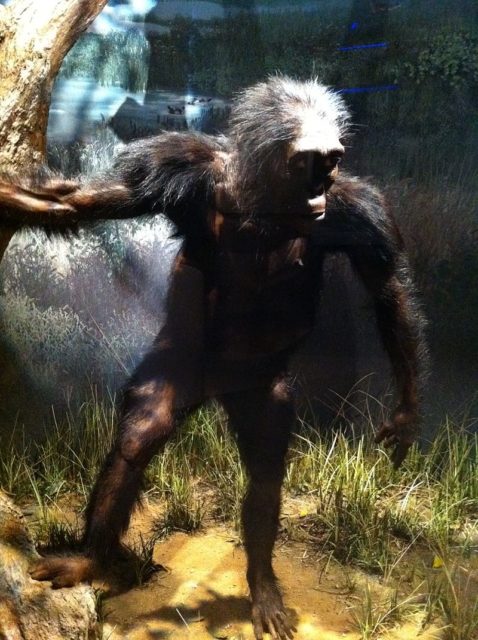
Lucy is probably the most famous skeleton on the planet, and due to her popularity, a six-year exhibition tour of the United States took started in 2007, organized by the Houston Museum of Natural Science.
Lucy’s actual fossils and over hundred other artifacts from prehistory were presented on tour, which was entitled Lucy’s Legacy: The Hidden Treasures of Ethiopia. After a discussion over the risk of damaging the original fossils, the museums decided to display replicas of the skeleton and returned the original bones to Ethiopia in 2013.
